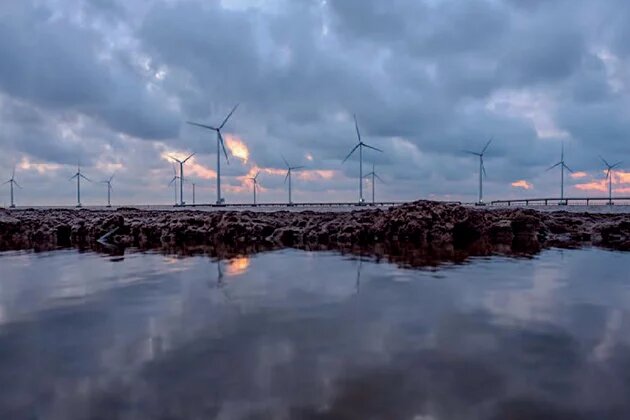
Executive Summary
(Click here for Background Paper in .pdf)
The nations of Southeast Asia (SEA) stand at a crossroad in terms of their collective energy future. Over the next decade, the region will experience rapid economic growth and a 50% rise in energy demand. With this growth will come challenges, as the region strives to supply energy affordably, sustainably and securely. The region will see a 4% annual growth in primary energy demand until 2025, amounting to a rise of 50% over 2014 levels. Besides primary energy, electricity demand will double between 2014 and 2025.[i] The region has insufficient indigenous fossil fuel resources to meet its growing energy demand, and the share of imported fossil fuel will increase, which has important energy security implications.
The year 2016 has seen record low prices for utility-scale solar photovoltaics (PV) and onshore wind, as low as USD 0.05 per kilowatt-hour (kWh) for the lowest-cost project proposals.[ii] More and more countries are showing how significant shares of variable renewables can be integrated into existing grids, while maintaining or even improving power reliability and quality. With the Paris Agreement coming into effect, this shifting energy landscape also comes at an important time for the climate. The shared objective to keep climate change well below 2 degrees Celsius implies a global decarbonized energy system between 2050 and 2070. “The world is in a race against time. The single most important thing we could do to reduce CO2 emissions quickly and cost-effectively, is phase-out coal and speed up investments in energy efficiency and renewable energy. When China announced in January that it was cancelling more than 100 coal plants
currently in development, they set an example for governments everywhere: change happens quickly when governments act – by establishing clear, long-term policy and financial signals and incentives.”[iii]
So far, there is a lack in sharing, coordinating and addressing the national successes and knowledge of CSO activities on energy issues at regional level. This gap between the international coal strategy as well as the national strategies will be closed by the network increasing the regional coordination, actions and joined activities on coal development in SEA. Furthermore, the findings, activities and lessons learned of like-minded Civil Society Organisations (CSOs) will be distributed and used in a structured way among the region. Furthermore, from a global perspective, SEA is not fully recognized as the new hotspot for coal development, and in many cases, this is not covered in international reports or studies. It is high time to facilitate efforts beyond national borders to address regional challenges caused by massive coal development in SEA.
The Carbon-free Energy Development Network in SEA will support national efforts to ensure the greater goal to reduce coal dependency, slowing down investments in coal and covering the regions’ need for energy with clean and sustainable sources. It will be strongly linked to existing national, regional and global activities to ensure an effective use of resources.
[i] IRENA & ACE (2016). Renewable Energy Outlook for ASEAN: a REmap Analysis. International Renewable Energy Agency (IRENA), Abu Dhabi and ASEAN Centre for Energy (ACE), Jakarta
[ii] Recent deals in Denmark, Egypt, India, Mexico,Peru and the United Arab Emirates saw renewable electricity being delivered at USD 0.05 per kilowatt-hour or less
[iii] Christine Lins, Executive Secretary of REN21